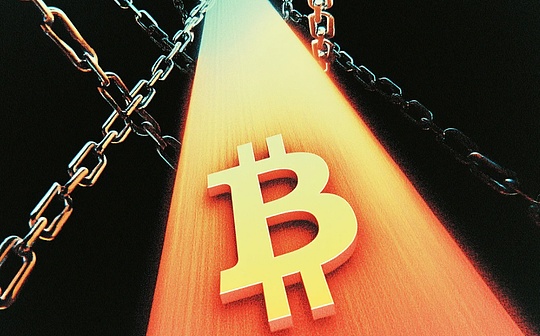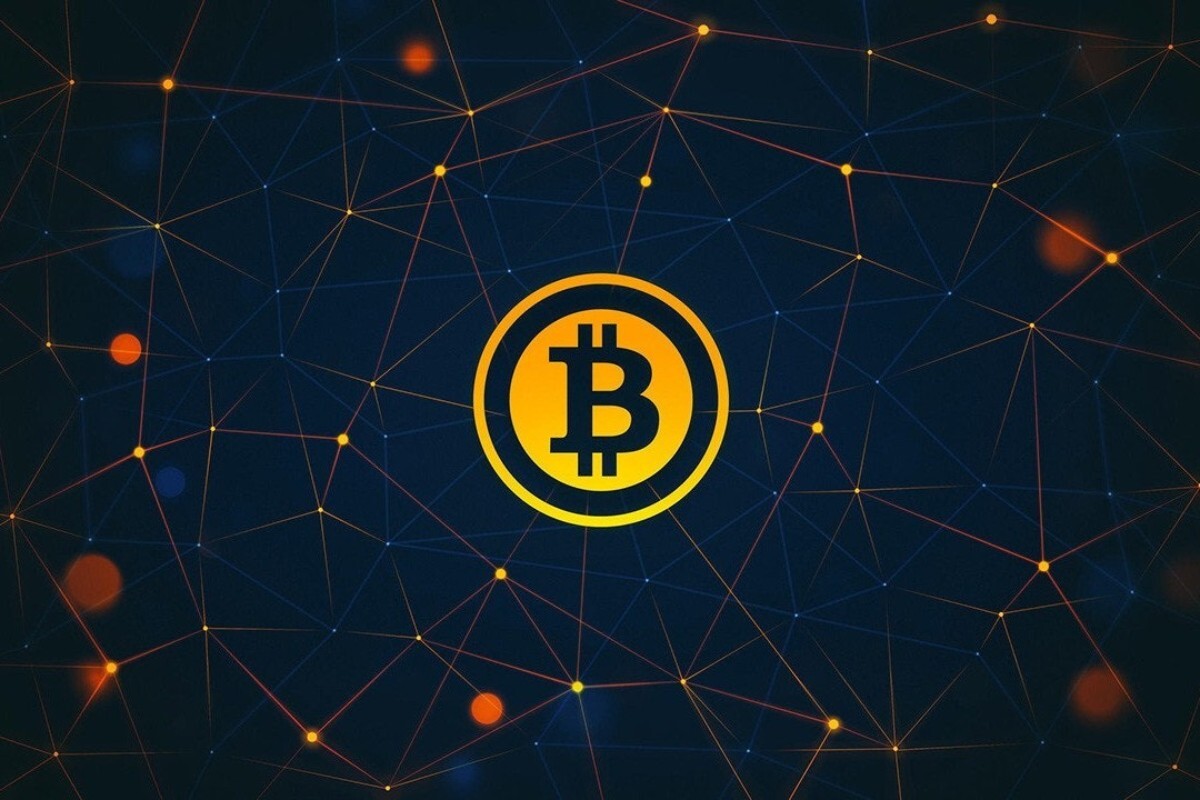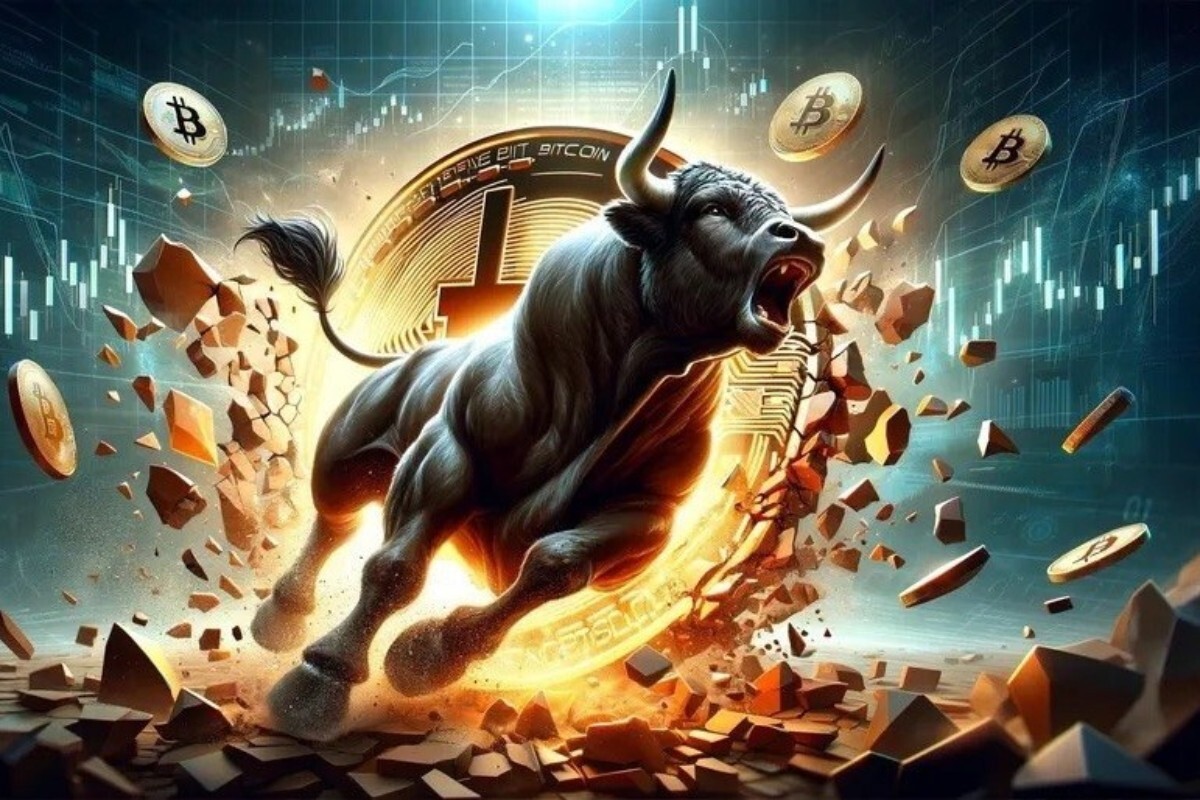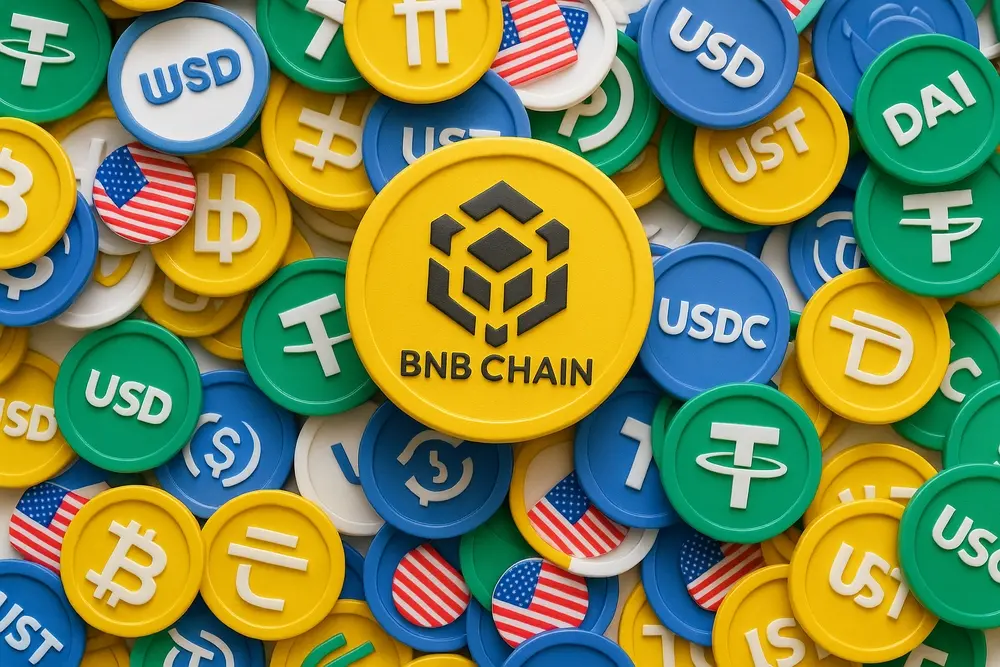Author: David C. Source: Bankless Translation: Shan Oppa,
Although Bitcoin is the most valuable asset in the crypto space, it has long had the lowest on-chain usage.
According to Bitcoin Layers, about 23% of ETH supply is active in DeFi, while that percentage of BTC is less than 2%. This gap won't narrow overnight—but it's narrowing. The supply of packaged bitcoin has grown again since the sharp drop last fall, and the past three months have shown the most obvious growth momentum to date.
What is even more surprising is the purpose of these assets. The biggest inflows are not flowing to chains that are more aggressively integrating Bitcoin or promoting themselves as a dedicated BTCfi layer; these tokens are flowing to other ecosystems that are easier to use, better integrated and more liquid.
Let's dive into where Bitcoin is going and what attracts it.
1.Base
After the release of cbBTC, Base quietly became one of the most important venues for on-chain Bitcoin activity – it did not achieve this through flashy publicity campaigns or earnings bribes, but instead tended to trust and simplicity.
As cbBTC continues to erode market share, Base’s packaging Bitcoin has grown more than any other chain in the past three months, from about 7,500 to over 10,200. A large part of this growth is driven by the integration of Base with Morpho, which makes it very easy for users to borrow USDC with BTC as collateral.
In January this year, Coinbase launched a Bitcoin-backed loan product that allows most U.S. users to borrow up to $100,000 in USDC with their BTC as collateral. The program, powered by Morpho and Base, grew rapidly, with over $140 million in cbBTC backing $70 million in active loans – the numbers doubled in a month.
2.beral
While Base has been successful in making BTC a loan tool, Berachain has flourished by making it a mining tool. Since its launch in early February, Berachain has been one of the highest overall net inflow chains and one of the largest destinations to pack Bitcoin.
The chain's aggressive liquidity proof incentive activity drives this growth amid a wider market decline, which makes it clear that users are using their safest long-term holding asset – Bitcoin – to reliably mine incentives.
Therefore, packaging Bitcoin has become an important foundation for Berachain's overall DeFi market:
Packaging Bitcoin’s dominance in token ranking:Four of the top ten tokens on Berachain are packaging Bitcoin.
Leading collateral in the core agreement:They are also the top assets in the largest protocols on Bera: Kodiak's largest pool is wBTC/LBTC, eBTC is the leading collateral on Dolomite, and SolvBTC is the top pool on Infrared.
Multiple packaged bitcoin trading pairs in the largest pool on Kodiak
3.Solana
Solana isn't talking too much about Bitcoin, but BTC is still flowing in.
There are currently about 7,000 BTC active on Solana through packaging derivatives – the third largest increase in BTC in each chain over the past three months. Like Base and Berachain, Solana's net inflows during this period also ranked in the top five, suggesting that BTC liquidity is clearly part of it.
As the cornerstone of liquidity in the crypto space, it is not difficult to understand why people are attracted to the chain during a market downturn. Fast trading, mature liquidity channels and composable DeFi make it a useful place to take advantage of BTC.
Different use cases for packaging Bitcoin:wBTC is actively used in market making in DeFi, while cbBTC is concentrated primarily in Kamino, with nearly 80% of its supply in a structured vault that offers discounted USDC borrowing rates.
Concentrated supply:For Solana, the vast majority of packaged bitcoin supplies are in wBTC and cbBTC, with a much narrower choice compared to other chains that benefit from BTC inflows.
USDC rewards on Kamino for borrowing USDC with cbBTC as collateral
4. Chain built for Bitcoin
While Base, Berachain and Solana have seen BTC flow into their ecosystems, other chains are leaning more positively towards Bitcoin narratives—but have not seen such efforts translate into real capital inflows. For chains like Sui and Starknet, its strategy is to build infrastructure now and hope that funds will flow in later.
Sui
In recent months, Sui has invested heavily in brand building and positioned itself as the preferred place for Bitcoin DeFi, launching an ecosystem-wide incentive program when it began deploying BTC liquidity on its chain. As a chain that promises superior security through its MoveVM environment, Sui seems to be using this to attract BTC capital, which is understandably cautious about taking risks to earn profits.
In addition to having a separate page on its website, Sui has attracted a range of projects to build it into Bitcoin hubs such as Satlayer, Babylon, Native, Native, Native and Rhei Finance. Sui’s integration with Babylon will allow BTC holders to stake their Bitcoins to help protect the Sui network – without giving up custody rights. This adds a second layer of economic security, supporting both Babylon’s protocol and any BTC that bridges to the Sui ecosystem.
Starknet
Starknet has been more aggressive in aligning itself with Bitcoin than any other L2 in the past year. While actively studying potential future Bitcoin upgrades, the chain has built nearly every possible infrastructure: scaling technology, bridging plans, wallet integrations and incentive plans.
It is also one of the few L2s that actively develop multiple L2s that connect BTC and bridge assets through federation bridges and BitVM-based bridges, while publicly supporting potential Bitcoin upgrades such as OP_CAT, which will introduce smart contract-like features to the Orange Chain. StarkWare, the team behind Starknet, even built the ZK proof demo on the Bitcoin Testnet and built its own strategic reserve of BTC.
The strategy is clear: build first, and then look forward to the arrival of users later. But so far, the inflow of BTC has not met expectations. Whether this will work depends on how many holders are willing to cross the bridge once the bridge is ready.
Built for Bitcoin:Starknet made it clear that it wanted to be the "executive layer of Bitcoin". It intends to achieve this with its zero-knowledge STARK proof, aiming to significantly scale Bitcoin. It also plans to settle transactions on Ethereum and Bitcoin, further strengthening its role as a bridge between the two ecosystems.
Ecosystem Alignment:To simplify the transition, Starknet integrates the BTC wallet Xverse. Additionally, Braavos, the chain's main wallet, now offers high-yield opportunities for Bitcoin holders. In addition, it has launched BTCfi Season – an event aimed at bringing BTC users into the Starknet ecosystem through incentives and ecosystem rewards.
We are still in the early stages!
Overall, Bitcoin’s on-chain footprint seems to have begun to grow again.
Today, funds are flowing into the lending market, mining incentives and structured DeFi – among which Base, Berachain and Solana attract most of the money flows. However,
This trend doesn’t necessarily happen on blockchains that are most keen on Bitcoin or designed for BTC from scratch. It happens where liquidity already exists, user experience is clear, and integration is smooth.
Sui and Starknet bet on the opposite approach: build first, integrate deeply, and then wait for funds to flow in. They are working to build long-term infrastructure for safer, more trustless on-chain BTC – but for the moment, they are still waiting for capital inflows.
As ETH lags behind in performance and most of its DeFi activity stagnates, more and more users are starting to invest Bitcoin, the most liquid and trustworthy asset in cryptocurrencies, into other areas. If this trend continues, BTC will not only become the most valuable cryptocurrency asset, but will also begin to become one of the most practical assets.
















No comments yet